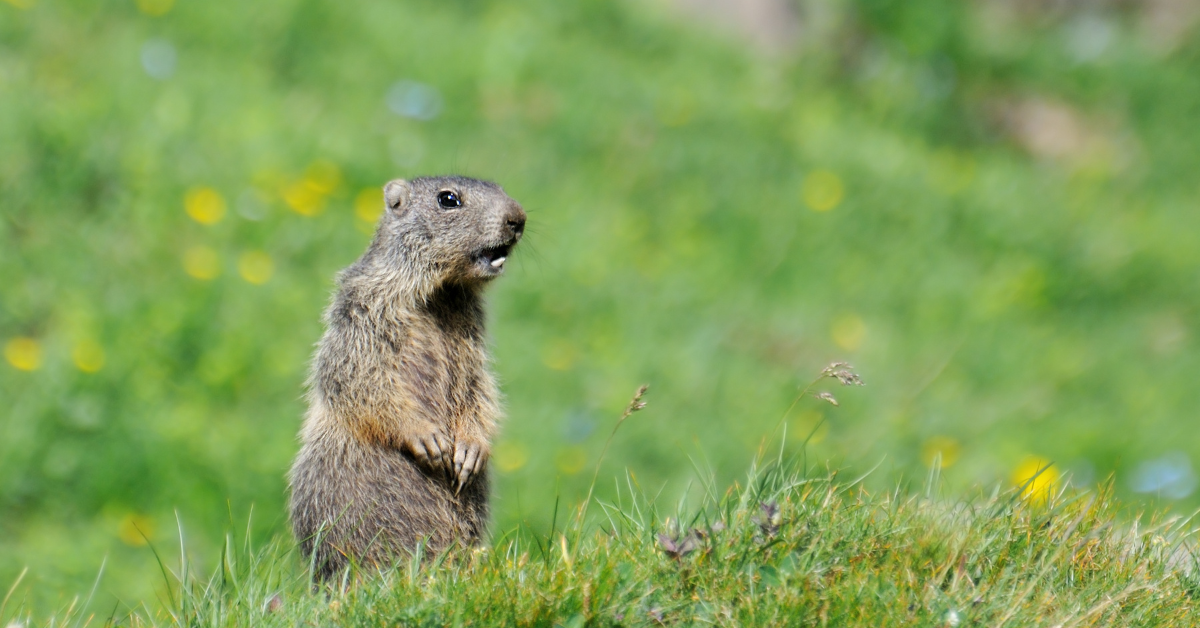Every February 2nd, a peculiar tradition captures the imagination of many across North America. Groundhog Day, a popular cultural event, is rooted in the belief that a groundhog’s behavior can predict the coming of spring. But how much truth is there in this and other weather lore? This blog post takes a closer look at the facts and fictions of Groundhog Day.
The Origins of Groundhog Day
Groundhog Day traces its origins to an ancient Christian tradition known as Candlemas Day. This day marked the midpoint between the winter solstice and the spring equinox. According to old European folklore, clear skies on Candlemas Day heralded more weeks of winter, while cloudy skies predicted an early spring.
The Groundhog as a Weather Predictor
The specific use of a groundhog as a weather predictor is believed to have been popularized by German settlers in Pennsylvania, USA. The groundhog (or woodchuck) was considered a suitable stand-in for the hedgehogs or badgers used in the original European tradition.
Groundhog Day: Fact vs. Fiction
The Groundhog’s Prediction
On Groundhog Day, if the groundhog sees its shadow due to clear weather, it will supposedly retreat into its burrow, indicating six more weeks of winter. If it doesn’t see its shadow because of cloudiness, spring will arrive early.
Scientific Analysis
There is no scientific evidence to support the idea that groundhogs, or any animals, can predict the weather. Weather patterns are determined by a complex set of atmospheric conditions, not by animal behavior. A study conducted by the National Centers for Environmental Information found no correlation between a groundhog’s prediction and the actual weather patterns that followed.
The Science Behind Weather Prediction
Today’s weather predictions rely on a combination of satellite imagery, atmospheric data, and complex computer models. Meteorologists use these tools to make predictions with a much higher accuracy rate than any folklore.
The Role of Groundhogs in Meteorology
While groundhogs play no real role in meteorology, Groundhog Day can be a fun way to engage the public in discussions about weather patterns and climate science.
Groundhog Day Celebrations
Punxsutawney Phil: The Most Famous Groundhog
Punxsutawney, Pennsylvania, hosts the most renowned Groundhog Day celebration, featuring Punxsutawney Phil, the groundhog. Thousands gather each year to witness Phil’s prediction.
Celebrations Across North America
Many towns across North America now host their own Groundhog Day events, each featuring a local groundhog with a unique name and personality.
Weather Lore in Popular Culture
Groundhog Day in Film and Television
The 1993 film “Groundhog Day,” starring Bill Murray, brought widespread attention to the tradition. The movie, however, uses the day as a backdrop for a story about personal growth and transformation.
Folk Songs and Stories
Many folk songs and stories have been inspired by weather lore, illustrating how these beliefs are woven into the cultural fabric of societies.
Enjoying the Tradition, Respecting the Science
Groundhog Day and weather lore offer a charming glimpse into human history and our desire to understand and predict our environment. While these traditions are more about cultural heritage than scientific accuracy, they remind us of our ongoing fascination with the natural world and the weather that shapes our lives. So, let’s enjoy Groundhog Day for what it is – a fun cultural event – while turning to modern meteorology for our weather forecasts.
So what do you think? Six more weeks of winter or is spring here?

